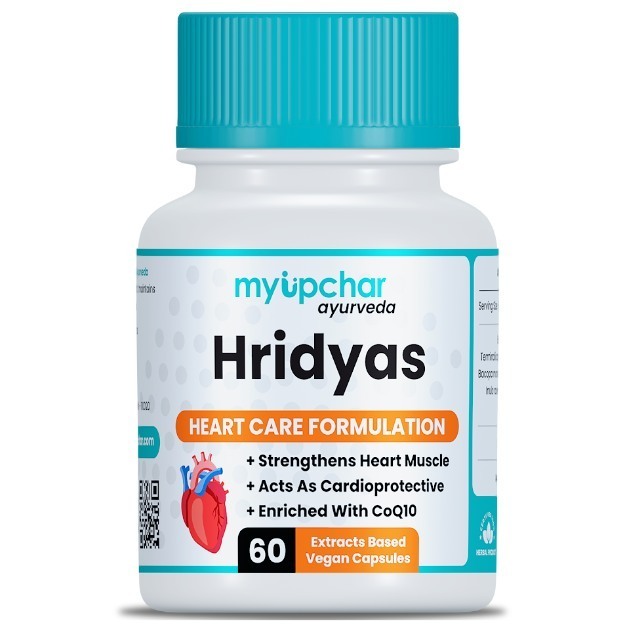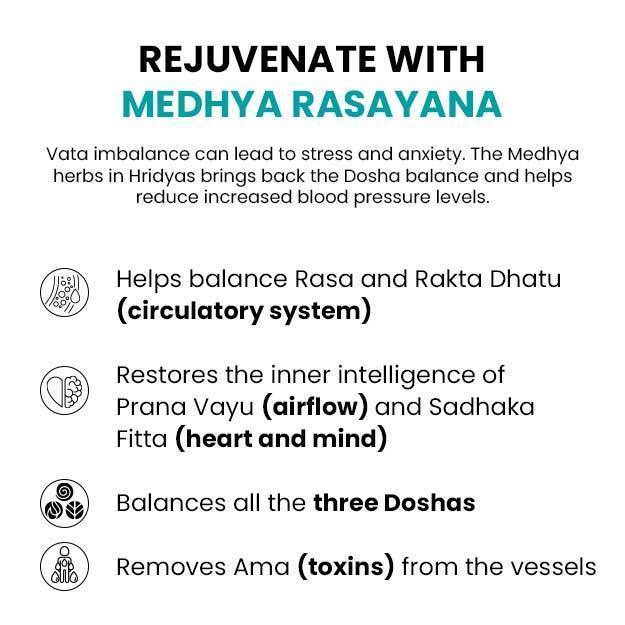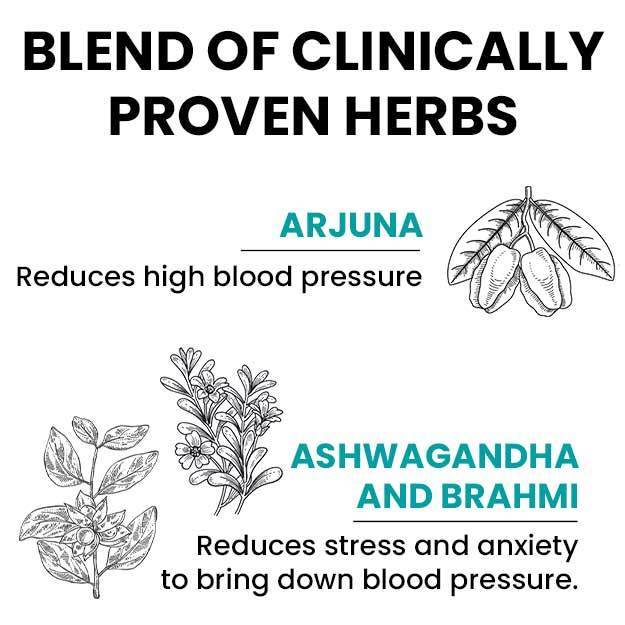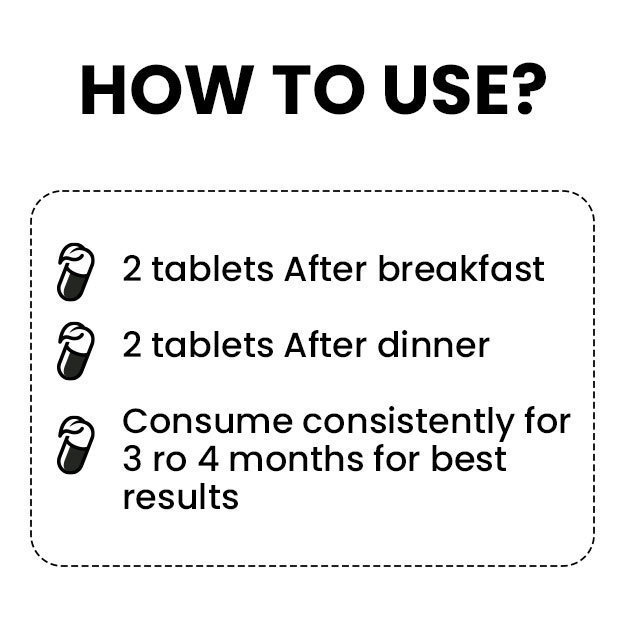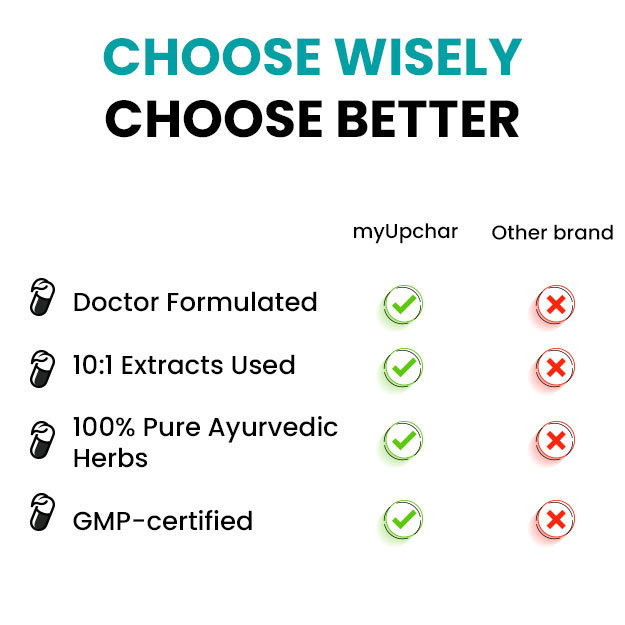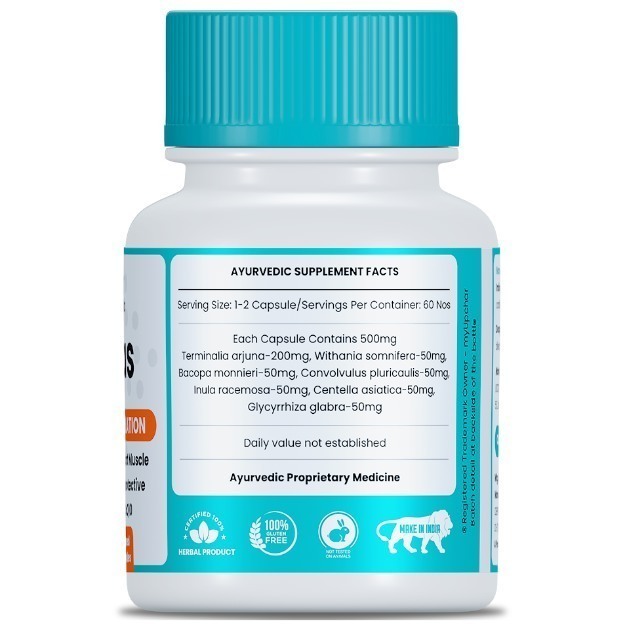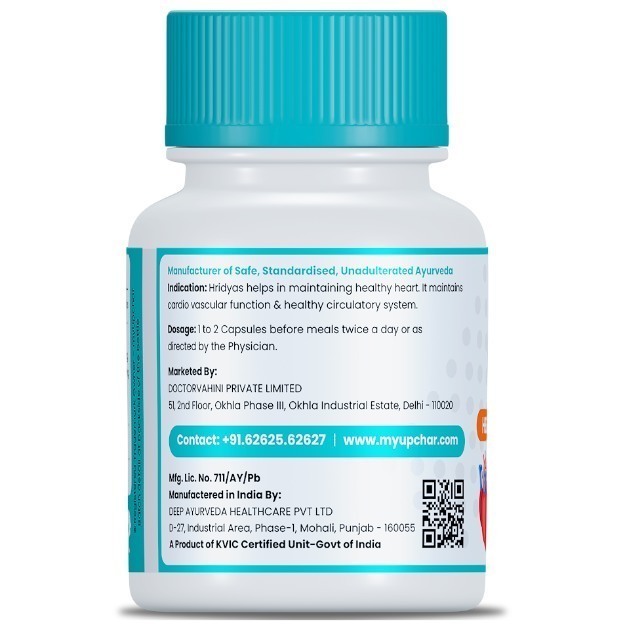What is Triglycerides test?
Triglycerides are one of the most common types of fats, which account for about 95% of all fats in a normal diet. These fats make an important source of energy for body cells; however, excess triglycerides contribute to total body fats and obesity or overweight. They also increase the risk of various cardiovascular diseases.
So, a triglyceride test is done to measure the levels of triglycerides in the bloodstream and to determine if a person is at risk of heart diseases. It is generally done as a part of the lipid panel or lipid profile test.





